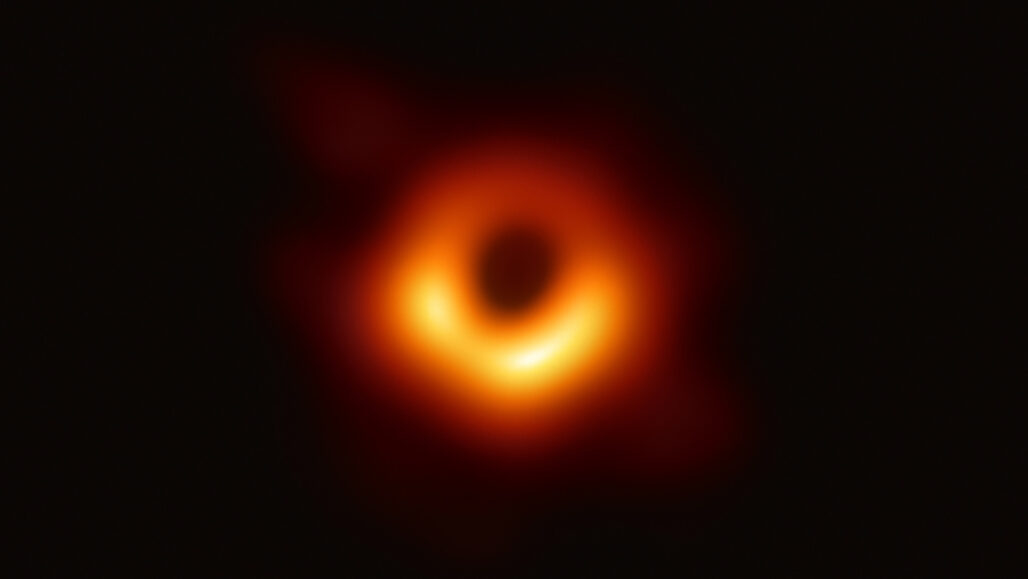EHT data show turbulence makes the glowing ring around M87’s black hole wobble

Astrophysicists have gotten their first direct view of a supermassive black hole’s appearance changing over time.
The black hole at the center of the galaxy M87, about 55 million light-years away from Earth, was the first black hole to get its picture taken (SN: 4/10/19). That image, created using Event Horizon Telescope data from April 2017, showed a lopsided ring of light: the black hole’s shadow on the accretion disk of hot, glowing plasma swirling into it. A new comparison of that image with earlier Event Horizon Telescope data reveals that the brightest spot on the ring changes location, due to turbulence in the violent eddy of material around the black hole, researchers report online September 23 in the Astrophysical Journal.
“It’s a very exciting result,” says astrophysicist Clifford Will of the University of Florida in Gainesville, who was not involved in the study. “The first image that they produced was just a snapshot. What we would really like to do is understand more of the dynamics of what’s going on at the center of that galaxy.”
The Event Horizon Telescope, or EHT, is a network of radio telescopes that, together, make much higher resolution observations than any observatory could alone (SN: 4/10/19). An early version of the EHT began observing M87’s black hole, dubbed M87*, in 2009. Back then, the network included telescopes at only three sites in Arizona, Hawaii and California. In 2013, an observatory in Chile joined the team. But the network did not have enough telescopes to create a complete black hole image until 2017, when the EHT peered at M87* with seven observatories across North America, South America, Hawaii and Europe.